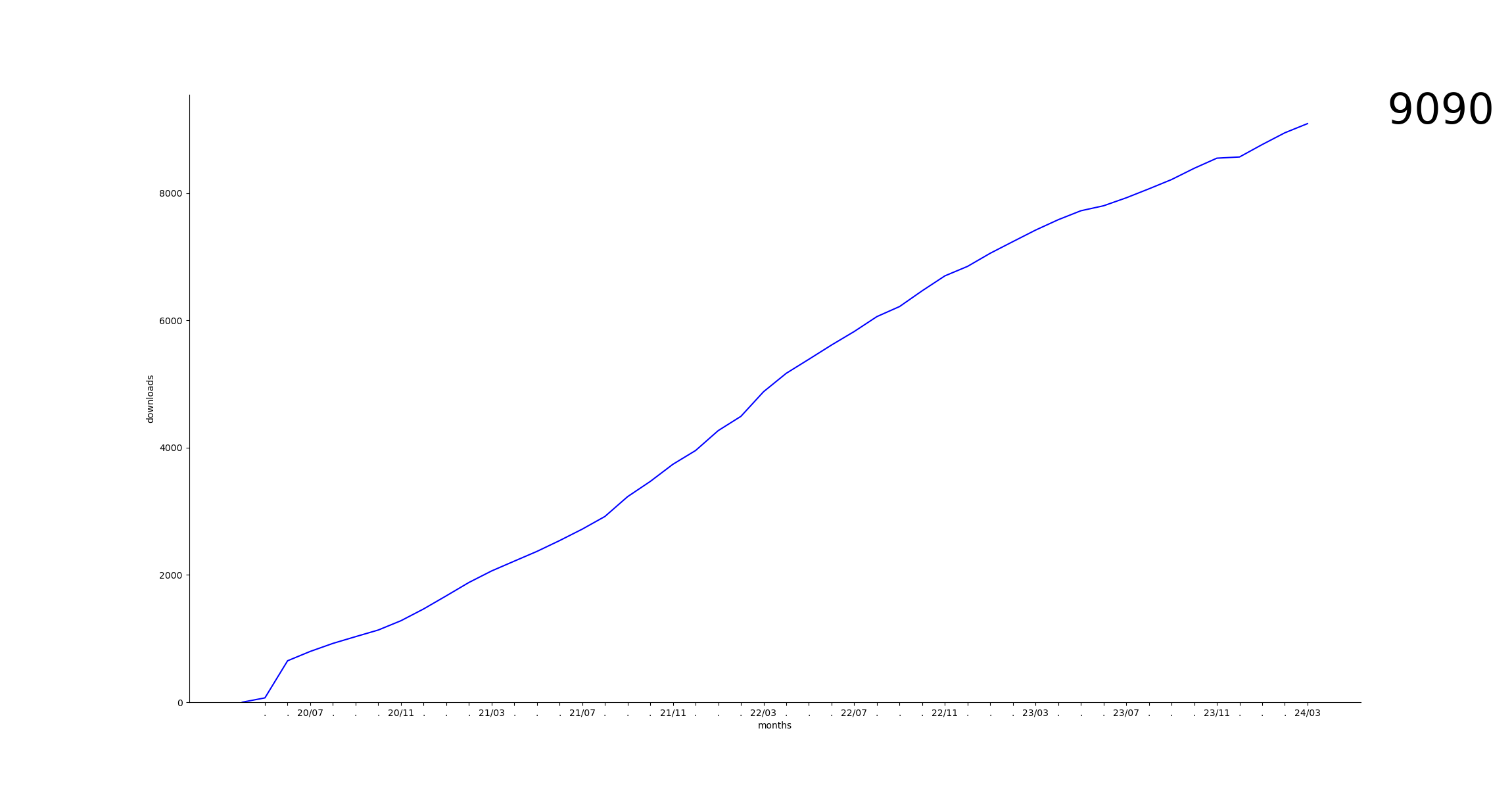We log anonymous usage statistics. Please read the privacy information for details.
Dative constructions in Romance and beyond
Synopsis
This book offers a comprehensive account of dative structures across languages –with an important, though not exclusive, focus on the Romance family. As is well-known, datives play a central role in a variety of structures, ranging from ditransitive constructions to cliticization of indirect objects and differentially marked direct objects, and including also psychological predicates, possessor or causative constructions, among many others. As interest in all these topics has increased significantly over the past three decades, this volume provides an overdue update on the state of the art. Accordingly, the chapters in this volume account for both widely discussed patterns of dative constructions as well as those that are relatively unknown.
Chapters
-
Dative constructions across languages: An introduction
-
Datives as applicatives
-
The puzzle of Russian ditransitives
-
Ditransitive constructionswhat sets Brazilian Portuguese apart from other Romance languages?
-
Putting objects in orderAsymmetrical relations in Spanish and Portuguese ditransitives
-
Ditransitive constructions with DOM-ed direct objects in Romanian
-
The Romance Person Case Constraint is not about clitic clusters
-
Aspectual datives (and instrumentals)
-
The modal side of the dativeFrom predicative possession to possessive modality
-
Datives and stativity in psych predicates
-
The lexical underspecification of Bantu causatives and applicatives
-
When the applicative needs the antipassive
-
Dative objects with novel verbs in Icelandic
-
Microvariation in dative-marking in the Romance and Greek varieties of Southern Italy
-
Romance a-phrases and their clitic counterpartsAgreement and mismatches
-
The accusative/dative alternation in Catalan verbs with Experiencer object
-
Ways of being a dative across Romance varieties




